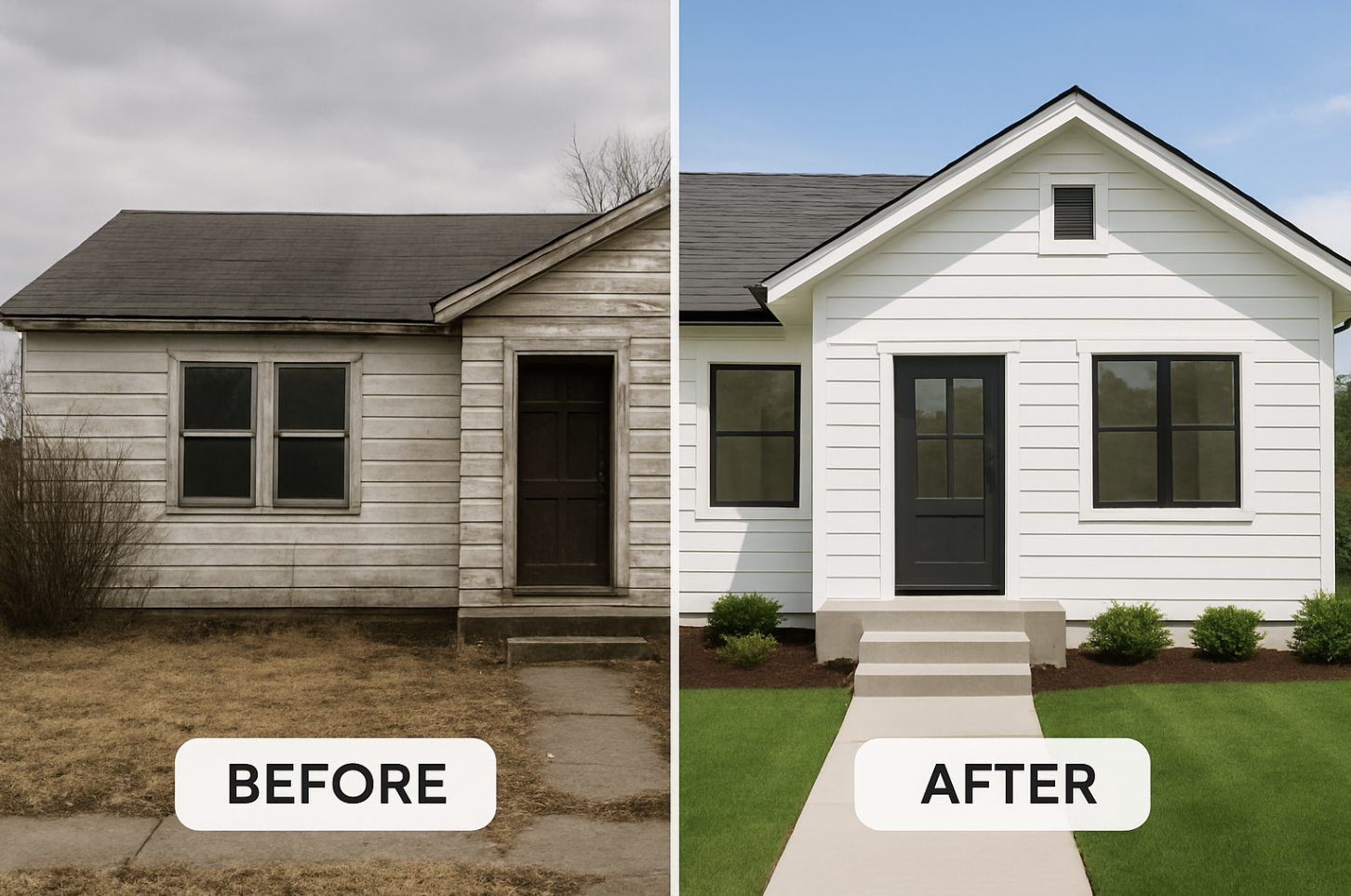Before and After: Real Life House Flipping Success Stories
House flipping can turn out to be a thrilling and profitable adventure, yet it certainly comes with its share of challenges. For aspiring flippers or those curious about the potential financial rewards, exploring real-life house flipping success stories provides not only inspiration but also practical insights into the highs and lows of this dynamic industry. In this article, we’ll dive into some remarkable transformations that showcase what’s possible with the right approach, timing, and ingenuity in the house flipping market.
Understanding the Basics of House Flipping
Before delving into the success stories, it’s crucial to grasp what house flipping involves. At its core, house flipping is the process of purchasing properties at a lower price, usually in need of repair, to then renovate and sell at a higher price for a profit. This market maneuver requires a keen sense of property valuation, budget management, and renovation skills. Timing is also critical, as market conditions can dramatically affect profitability.
Case Study 1: The Suburban Surprise
In a quiet suburb of Atlanta, Georgia, a couple purchased a dated 1960s bungalow for $150,000 with the intention of flipping it. The house was fundamentally sound but sorely needed a modern makeover. With a renovation budget of $50,000, they upgraded the kitchen and bathrooms, installed new flooring throughout, and refreshed the exterior with new siding and landscaping.
After three months of hard work, the house was put back on the market and sold for $250,000, netting a tidy profit. What made this project a success was the couple’s ability to stay on budget and the strategic choice of improvements that appealed most to buyers in that particular area.
Turning Around a Mid-Century Modern Home
In another instance, a seasoned investor with an eye for unique properties stumbled upon a mid-century modern home in Palm Springs, California. The home was purchased for $300,000, a steal given its location and the soaring prices of neighboring properties. Recognizing the home’s architectural value, the investor allocated $100,000 for renovations that preserved the home’s vintage charm while updating essential features like plumbing and electrical systems.
The result was stunning, attracting architecture enthusiasts and potential buyers willing to pay a premium for authenticity paired with modern comfort. The home was eventually sold for $550,000. This flip was particularly successful because of the investor’s deep understanding of the property’s unique selling proposition and market demand.
The Urban Renewal Project
An urban renewal project took place in Detroit, Michigan, where a developer purchased an old townhouse for just $80,000. The property was in a neighborhood undergoing a significant transformation, with investments pouring in from various sectors. With a renovation budget of $70,000, the developer focused on creating a sustainable, energy-efficient home which included solar panels, high-efficiency appliances, and modern insulation solutions.
This approach not only attracted a new demographic of eco-conscious buyers but also allowed the property to be sold for $220,000. The success of this flip was largely due to the developer’s foresight in recognizing and investing in an up-and-coming neighborhood and focusing on sustainability — a key selling point in today’s real estate market.
Lessons from Successful House Flips
Each of these success stories highlights different strategies and key factors that contributed to profitable flips:
- Understanding the local market and buyer preferences.
- Managing renovation budgets meticulously to avoid overcapitalizing.
- Identifying properties with inherent value, whether it’s architectural uniqueness or location.
- Timing the flip to coincide with favorable market conditions.
Conclusion
The world of house flipping is full of challenges, but as these stories attest, it also offers substantial rewards. For those looking to embark on their own house flipping ventures, these success stories provide not just inspiration but a roadmap of sorts. Critical thinking, market understanding, budget management, and a bit of creativity are essential ingredients. Whether you’re revitalizing a quaint suburban house, restoring a mid-century gem, or spearheading an urban renewal project, each property flip has the potential to yield not just financial profits but also a profound sense of accomplishment and contribution to the community’s improvement.







